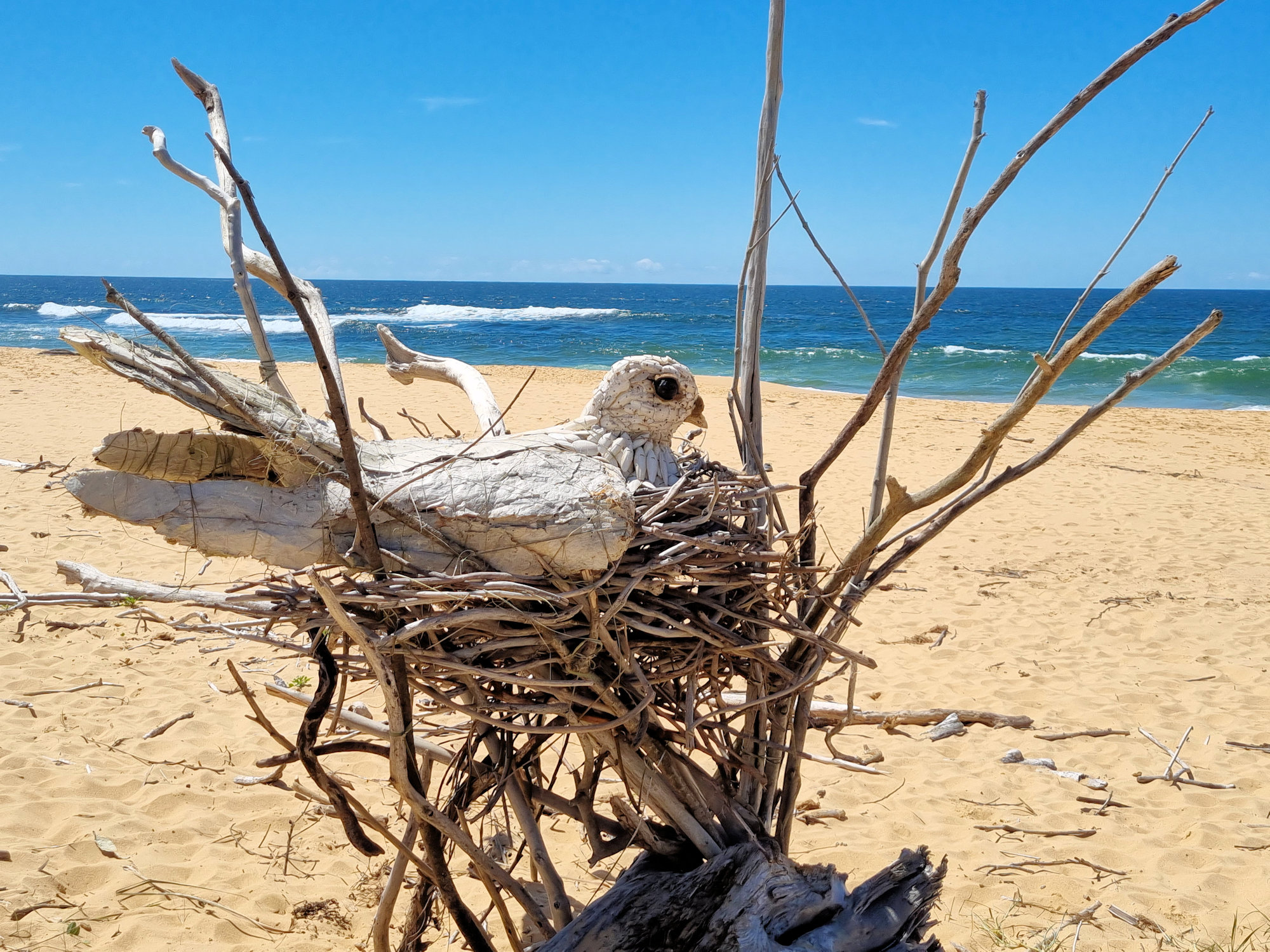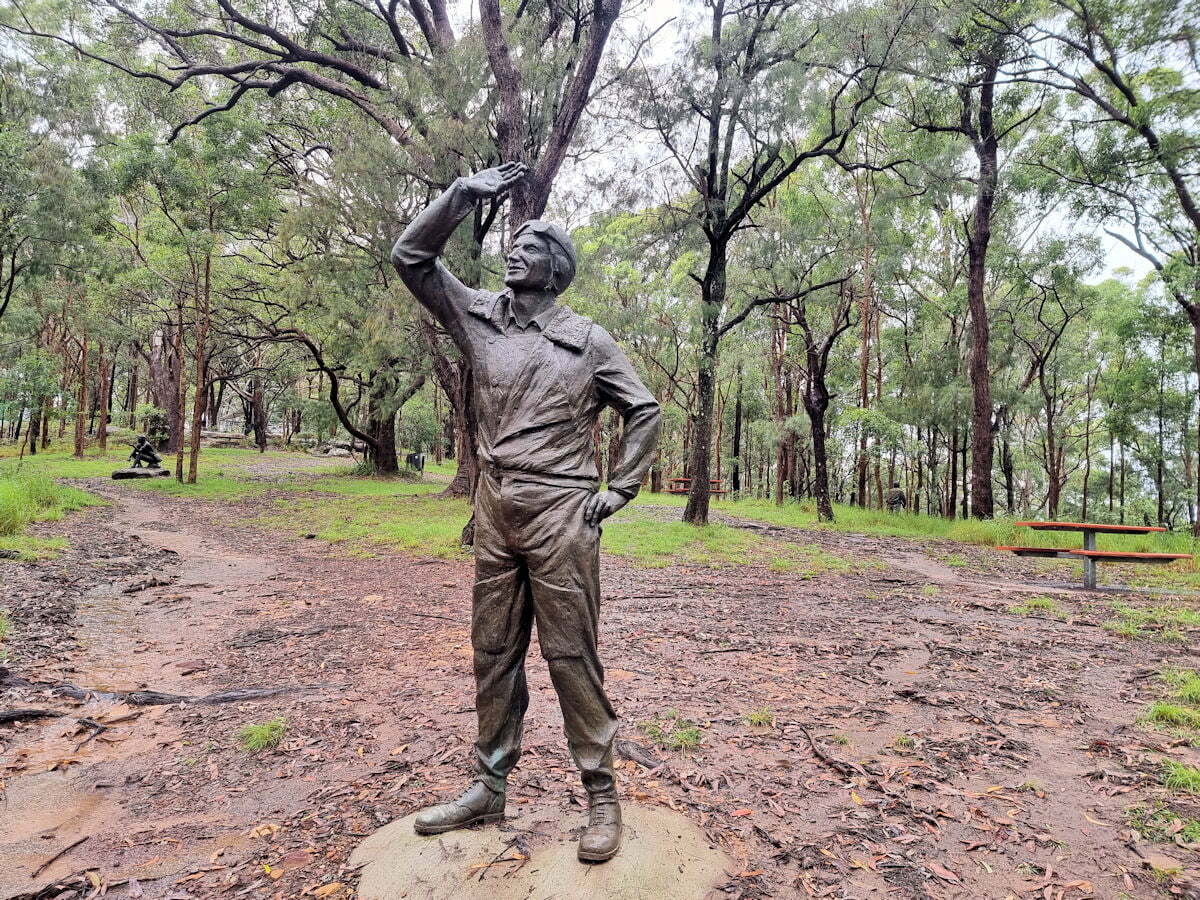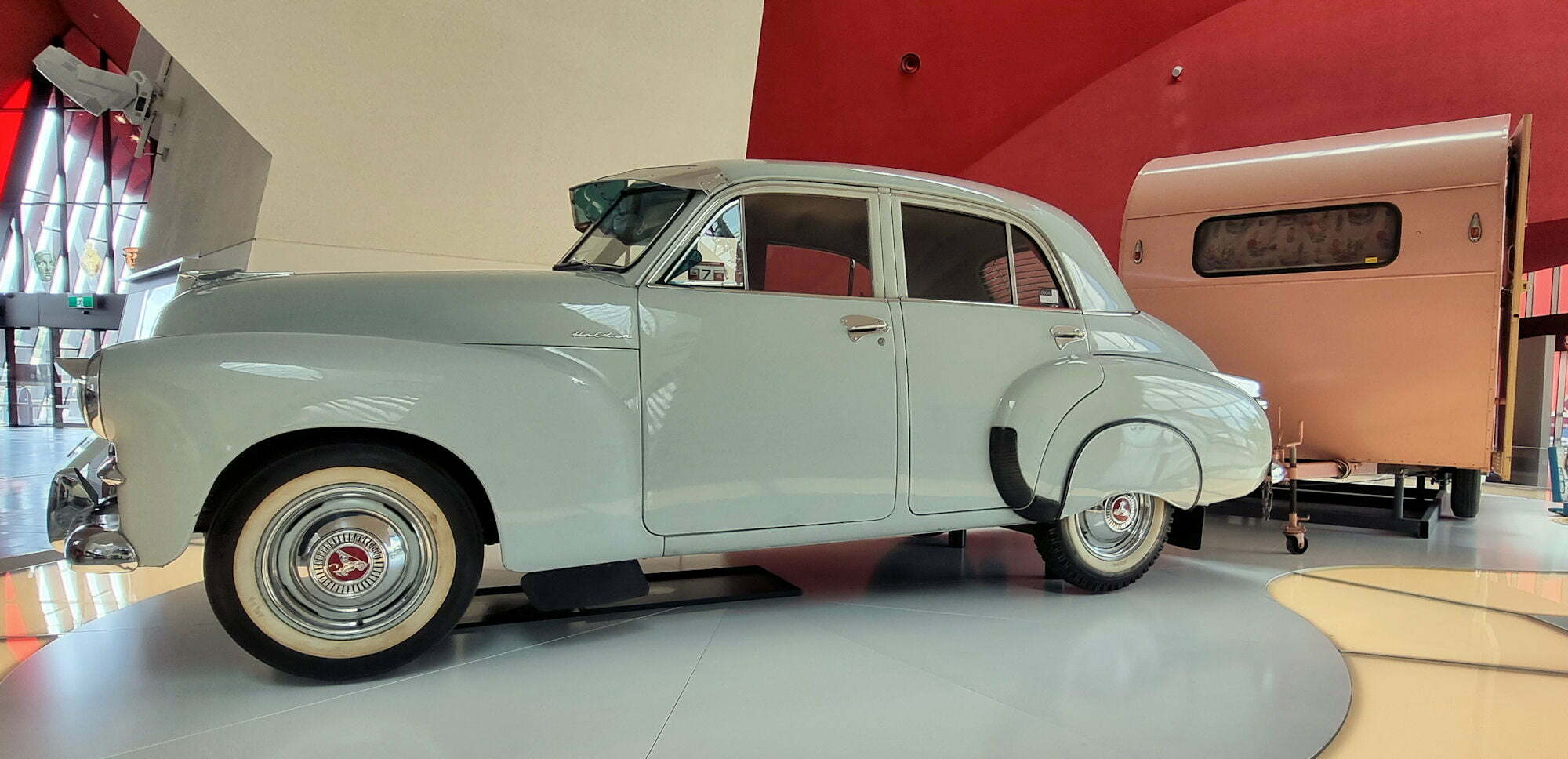Category: Sculpture
-
Peace Dove Peter Ush

Peace Dove by Peter Ush Located above the high tide mark on Wamberal Beach is a driftwood sculpture Peace Dove by Peter Ush. Built from local driftwood and cuttlefish, it will not last long, so see it soon before nature reclaims it. Wamberal is located on the New South Wales Central Coast around a 90… Read more
-
Rumbalara Reserve Statues

Rumbalara Reserve Statues On a wet and rainy morning, we decided to go bush walking at Rumbalara Reserve near Gosford to see the statues. The forecast said some light drizzle clearing to a fine day. Well, it rained all the way during our drive there, where on arrival we waited another hour for the rain… Read more
-
National Museum of Australia

National Museum of Australia Dedicated to preserving Australia’s social history, the National Museum of Australia contains many unique and significant artefacts. Located in Canberra on the shore of Lake Burley Griffin, its distinctive because of its architecture. Getting There We drove and used the large carpark on site, although as with most Canberra parking, there… Read more